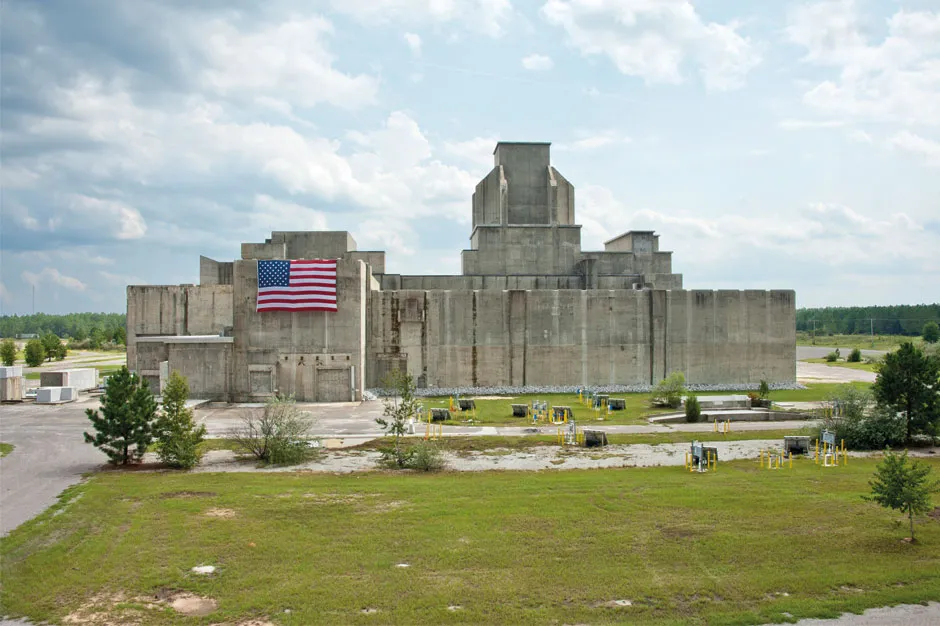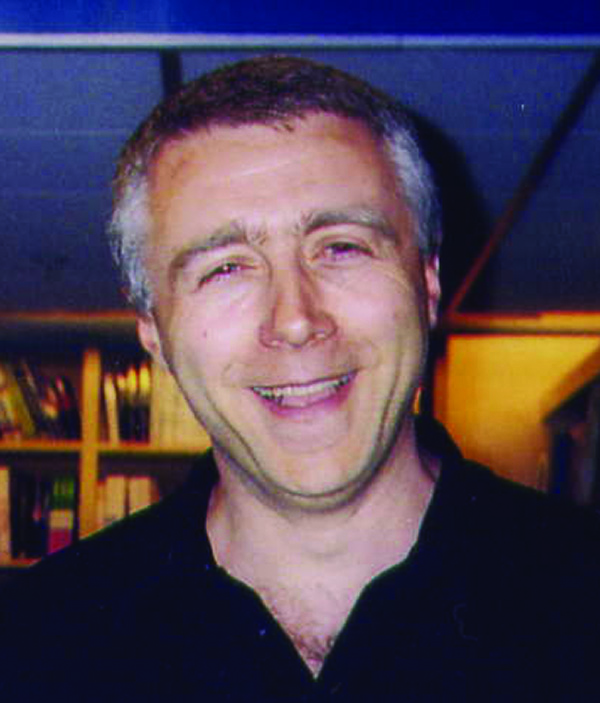Zurich, Switzerland, December 1930. Wolfgang Pauli was having the worst year of his life. His mother had committed suicide two years earlier, causing him to turn his back on the Catholic Church. He had recently married a Berlin cabaret dancer but she had already moved in with her chemist boyfriend down the road. He had even appealed for help from the great psychoanalyst Carl Jung.
But Pauli’s main distraction from his personal distress was physics – and one physics problem in particular had captured his attention.
In the late 1920s, physicists were pulling their hair out over the puzzle of beta decay. In beta decay, an unstable, or ‘radioactive’ nucleus sheds its surplus energy by spitting out an electron. The peculiar thing is that the ejected electrons do not always have the same energy.
Think how bonkers this is. In dropping from an unstable state to more stable state, a nucleus sheds a well-defined amount of energy, exactly like a gun firing a bullet. But bullets are always ejected with the same energy. It is never the case that one bullet shoots out at high speed, the next at a lower speed, and the one after so slowly it merely dribbles out of the gun muzzle.
Read more about great physicists:
- James Clerk Maxwell: the great scientist with a profound impact on modern physics
- John Bardeen: the greatest physicist you (probably) never heard of
- Lise Meitner: the nuclear pioneer who escaped the Nazis
Pauli was in a good position to solve the puzzle of beta decay, despite his angst-ridden personal life. He was one of the architects of quantum theory, concocted in the mid-1920s to describe the counterintuitive world of the atom and its constituents. Famously, at the end of a lecture given by Albert Einstein, he had stood up and told the audience: “What Professor Einstein said is not entirely stupid.”
Pauli wrestled with the problem of beta decay for many months. And the solution he came up with was radical. Perhaps, in beta decay, the electron is not alone, and is instead emitted along with another particle.
Think of the gun again. If the bullet emerges from the muzzle with a second projectile, then if the second projectile takes only a small amount of the total energy, the bullet will take the lion’s share; if the second projectile takes most of the available energy, then the bullet might very well have so little energy it dribbles out of the gun muzzle. Could this be the solution to the beta decay puzzle? Could there really be a second particle out there?

For such a particle to have not shown up in any experiment, it would have to be elusive. Pauli predicted its properties: zero electric charge, zero mass and an ability to pass through matter without being stopped. Pauli imagined the particle penetrating a thickness of 10 centimetres of lead with no difficulty; later physicists would realise that a layer of lead many light-years thick would be necessary to stop such a particle.
Pauli christened the hypothetical particle a ‘neutron’. But, with the discovery of a chargeless counterpart of the proton in 1932 – the neutron – the Italian physicist Enrico Fermi would rename it the ‘neutrino’.
The neutrino was, in Pauli’s words, a “desperate remedy”. “I have done a terrible thing,” he said. “I have postulated a particle that cannot be detected.” In fact, Pauli bet a case of champagne that nobody would ever manage to bag a neutrino. However, he had not counted on human ingenuity...
Discovering the neutrino
Savannah River, South Carolina, 14 June 1956. Frederick Reines had spent much of the 1950s exploding nuclear bombs in the Pacific Ocean. One, with 700 times the destructive power of the Hiroshima bomb, had vaporised an entire island, creating a radioactive mushroom cloud 150 kilometres across and gouging a hole in the ocean floor more than two kilometres wide and as a deep as a 16-storey building.
But Reines was sick to death of it. He persuaded the leader of the theoretical division at the bomb lab in Los Alamos, New Mexico, to give him time off from testing weapons to think about physics. For several months, he sat in a bare office staring at a blank piece of paper, asking himself the question: “What do you want to do with your life?”
Read more about particle physics:
- The particle detectors probing the Universe
- Why didn't the Big Bang produce equal amounts of matter and antimatter?
Reines flew to a conference in Princeton, New Jersey, and the plane developed engine trouble, forcing a stopover in Kansas City. On the plane was another bomb scientist called Clyde Cowan, who Reines had met but never talked to properly. In Kansas City, the pair hit it off.
When their conversation turned to fundamental physics, the question that came up was: “What is the hardest experiment in the world?” Both instantly agreed: detecting the neutrino. There and then, they decided to use their ‘can do’ attitude, developed during the bomb programme, to try and bag nature’s most elusive particle.

Their first idea was to place a neutrino detector 50 metres from Ground Zero of a nuclear explosion. They had a 50-metre-deep vertical shaft dug at the Nevada bomb testing site. If, at the instant of detonation, the detector were dropped into the shaft, it would be in freefall and isolated from the shockwaves thundering through the ground.
At the bottom of the shaft, the detector’s fall would be cushioned by a thick bed of foam rubber and feathers. Reines and Cowan intended to retrieve the detector several days later when radiation levels were deemed low enough to risk a quick in-and-out foray.
Fortunately, it never came to this. Reines and Cowan decided to use a nuclear reactor rather than a bomb. Although a nuclear reactor was a source of neutrinos 1,000 times weaker than a nuclear bomb, it had the advantage that a detector might soak up neutrinos for months or even years, rather than the few seconds available at a bomb blast.

Reines and Cowan eventually found an ideal reactor at the Savannah River Plant, a facility used to make the tritium and plutonium for nuclear bombs. As a tribute to the local cuisine of South Carolina, they even planned to shield their experiment from stray neutrons with sacks of black-eyed peas. Sadly, wet sawdust was easier and cheaper to obtain in the required quantities.
Read more about science history:
- The Bone Wars: how a bitter rivalry drove progress in palaeontology
- Forbidden medicine: what do we do when medical breakthroughs are unethical?
It was at P Reactor at the Savannah River Plant that, on 14 June 1956, Reines and Cowan finally bagged neutrinos (strictly speaking, antineutrinos).
Their telegram to Wolfgang Pauli read: “We are happy to inform you that we have definitely detected neutrinos from fission fragments by observing the inverse beta decay of protons… Frederick Reines, Clyde Cowan.”
The next day, Pauli sent a reply from ETH Zürich, the Swiss Federal Institute of Technology: “Frederick REINES, and Clyde COWAN, Box 1663, LOS ALAMOS, New Mexico. Thanks for the message. Everything comes to him who knows how to wait. Pauli.”
